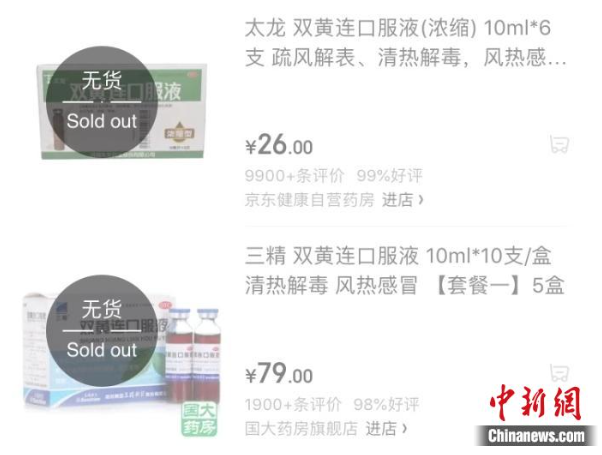With the rapid development of modern information technology and the widespread use of mobile internet, social media has become the primary channel for the public to access information. However, while social media platforms provide convenience and efficiency, they have also facilitated the proliferation of false information. Mary Ann Fitzgerald has identified several typical types of false information, including incomplete content, outdated information, subjective biases, hoaxes, contradictions, inaccurate translations, editorial modifications, factual errors, and academic misconduct. In contrast to general societal information, technological information often exceeds the common knowledge and experience of the public, making media technology reporting an important means for the public to obtain technological information. Journalists serve as intermediaries between scientists and the public, tasked with understanding scientific expressions and transforming them into layman’s terms. However, the quality and accuracy of their reporting are influenced by factors such as content selection, stance, media regulations, and organizational requirements. Consequently, the non-intermediary, timely, and open nature of social media, coupled with a lack of regulation, makes it easier for false information to spread widely, especially during sudden major public events.
During the early stages of the COVID-19 pandemic, China experienced a false information dissemination event known as the “Shuanghuanglian Incident.” Xinhua News Agency’s Weibo account published a report claiming that the traditional Chinese medicine Shuanghuanglian oral liquid could inhibit the novel coronavirus. This news quickly spread on social media, leading to panic buying of Shuanghuanglian products and increasing the risk of virus transmission. However, China News Service published a response from the Shanghai Institute of Materia Medica, stating that “inhibiting does not mean preventing and treating,” and this warning message was widely disseminated, helping to correct the problem of false information dissemination.

The proliferation of false information on social media is mainly determined by the characteristics of its information production and dissemination methods. In the “Shuanghuanglian Incident,” several factors contributed to the spread of false information. Firstly, due to the character limit on posts, users conveyed information in a more concise manner, simplifying or abbreviating complex and rigorous scientific information, resulting in significant deviations from the original content. Secondly, the low threshold for users to post information on platforms like Weibo resulted in a mixture of information, allowing false information to proliferate. Thirdly, the pursuit of traffic and attention by social media platforms contributed to the generation and dissemination of false information. For example, Weibo pushed hot topics with titles like “New Discovery: Shuanghuanglian Oral Liquid Can Inhibit the Novel Coronavirus,” and Daily Economic News initiated polls with titles like “Experts Say Shuanghuanglian Can Inhibit the Novel Coronavirus, What Do You Think?” These actions exacerbated the trend of simplifying and sensationalizing content, expanding the reach of information dissemination, and causing the spread of false information.
Generally, the ability of social media users to identify false information is an effective way to prevent its spread. However, under the pressure of information needs, users’ ability to discern may decrease, leading to selective reading and understanding of related information. In the early stages of the COVID-19 pandemic, people were eager to understand information about virus transmission, prevention measures, and treatment methods. Influenced by the influence of authoritative media and active Weibo users, as well as the urgent need for relevant information, people tended to selectively focus on the first headlines or topics they saw and make decisions accordingly. In times of crisis, societal anxiety often leads people to prioritize meeting their own needs over verifying the accuracy and truthfulness of information, resulting in potential misinterpretation of information, such as interpreting “inhibiting” as “treating” or “preventing” upon seeing Shuanghuanglian, leading to purchasing decisions.

When scientists convey research results with uncertainty to the media, they may lack understanding of media norms and should be aware that media reports on science are not as detailed as professional academic journals due to limitations such as space and readability, and may not discuss the conditional nature and uncertainty of research conclusions. Media reports often focus on research results and tend to inform the public of certain research findings, emphasizing the timeliness of news. After the initial reports triggered public opinion and panic buying, the Shanghai Institute of Materia Medica’s news release to the media only implied uncertainty with “preliminary findings,” carrying a warning but not explicitly stating that it was “laboratory in vitro research conclusions.” Furthermore, given the general societal anxiety at the time, research institutions should adopt a cautious attitude towards releasing preliminary findings, realizing the potential consequences of media coverage.
Secondly, how the media reports on scientific research results with uncertainty has always been a difficult issue in science communication. In general, to satisfy the public’s demand for scientific information, the media often report on scientists’ interim achievements or scientifically controversial viewpoints within the academic community, sparking public interest in scientific topics and promoting the dissemination of scientific knowledge.However, in the context of the nationwide fight against the pandemic, reporting on preliminary findings that “Shuanghuanglian can inhibit the novel coronavirus” should be especially cautious. It should first verify or understand more detailed information from relevant research institutions, understand the meaning of “preliminary findings” in scientific research, recognize that the efficacy of drugs requires support from clinical research results (but clinical research was only underway at the time), assess the likelihood of the public misreading the reported content and its consequences, and provide clear warning information. This can help avoid the media neglecting their social responsibility in pursuit of news value and timeliness, triggering public opinion and the spread of false information.
In the face of the rampant spread of misinformation on social media, scientists, media, and the public all play crucial roles. Scientists need to better understand media norms and provide accurate and clear information. Media outlets must shoulder their social responsibility by ensuring the accuracy and objectivity of their reporting. Meanwhile, the public should maintain rationality, exercise caution when consuming information, and learn to discern between truth and falsehood. Only through the combined efforts of scientists, media, and the public can we effectively curb the spread of misinformation, safeguarding societal information security and public interests.
References
Demiroz, F. (2020). The use of social media during disasters: The development of the literature, its current topography, and future challenges. Journal of Emergency Management, 18(3), 221–235. https://doi.org/10.5055/jem.2020.0468
Erku, D. A., Belachew, S. A., Abrha, S., Sinnollareddy, M., Thomas, J., Steadman, K. J., & Tesfaye, W. H. (2020). When fear and misinformation go viral: Pharmacists’ role in deterring medication misinformation during the “infodemic” surrounding COVID-19. Research in Social and Administrative Pharmacy, 17(1). https://doi.org/10.1016/j.sapharm.2020.04.032
Lindsay, B. (2011). CRS Report for Congress Social Media and Disasters: Current Uses, Future Options, and Policy Considerations. https://digital.library.unt.edu/ark:/67531/metadc93902/m1/1/high_res_d/R41987_2011Sep06.pdf
Mary Ann Fitzgerald. (1997). Misinformation on the Internet: Applying Evaluation Skills to Online information. Emergency Librarian, 24(3), 9–14.

